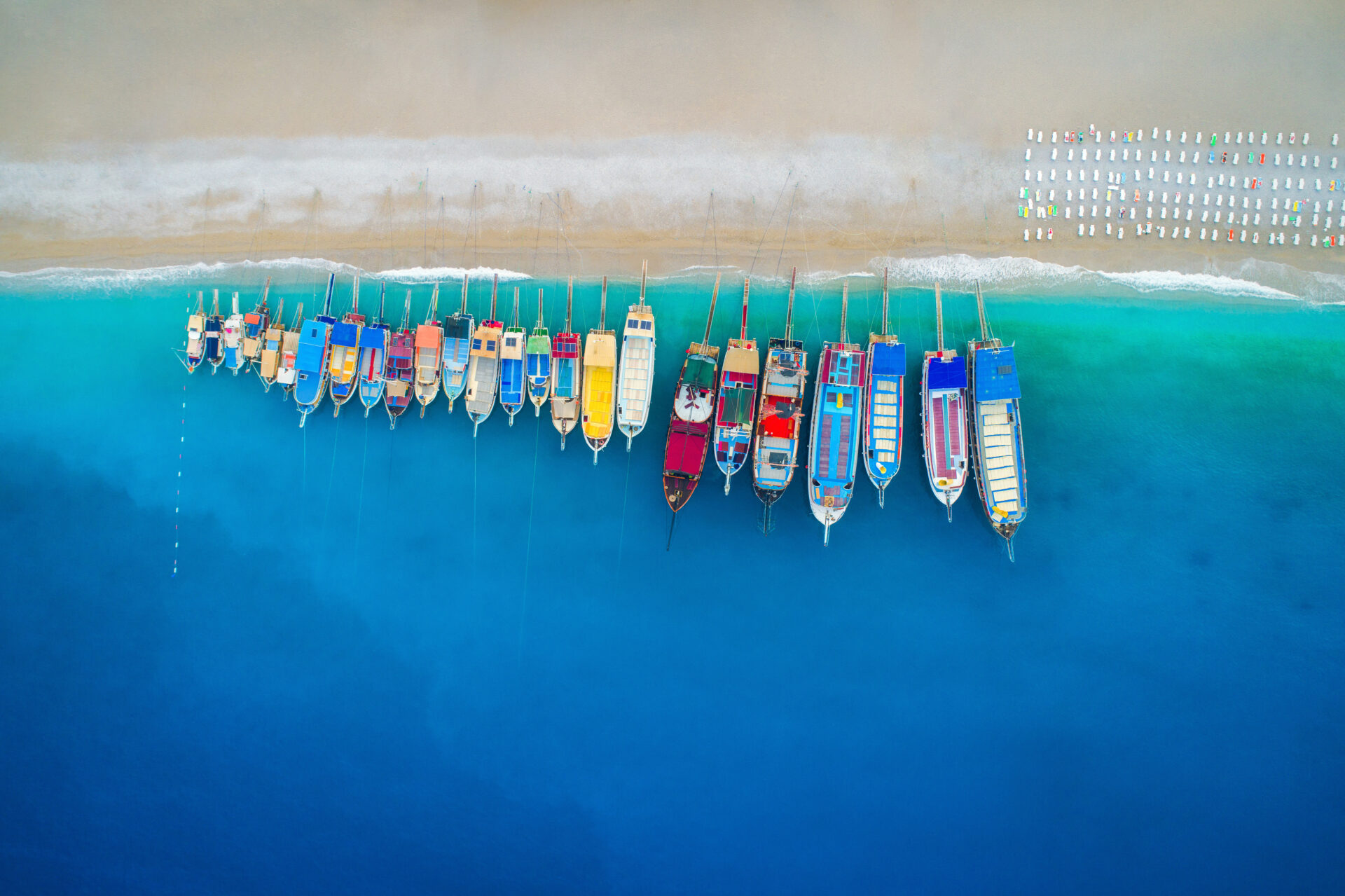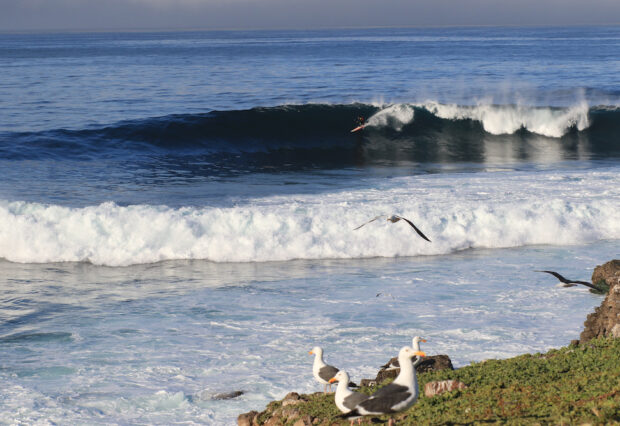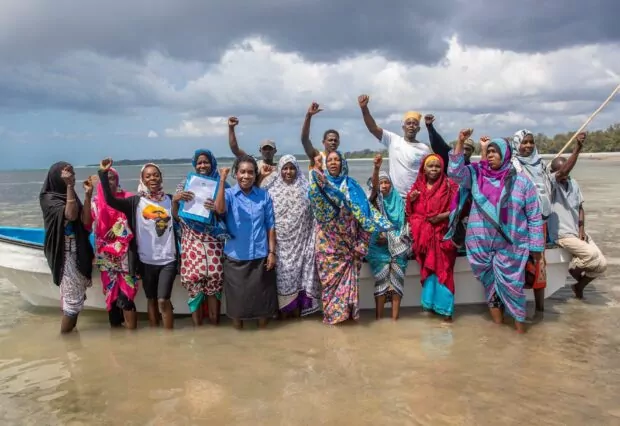London/Stockholm, 20 October 2021: A ‘Blue Economy’ – a truly sustainable and equitable ocean economy – is at a tipping point with the potential for significant acceleration and growth – but only if the right frameworks are wrapped around it. This is the key finding of a series of ground-breaking new reports from the Stockholm Resilience Centre at Stockholm University, which have been commissioned by the Ocean Risk and Resilience Action Alliance (ORRAA).
The trio of reports, some of the most comprehensive ever undertaken into levels of ocean-related investment and finance, point to the downside risk of unbalanced, inequitable and unsustainable investment decisions in the Ocean. Without a course correction, there is a clear danger of such investment increasing levels of inequality and harm to the Ocean and the communities that depend on it.
As the planet’s largest carbon sink and a key source of food and economic security for billions of people, the Ocean sustains communities, livelihoods and businesses. Many of its natural ecosystems from mangroves and sea grasses to seaweed and salt flats protect coastal communities from extreme weather events and sea level rise, playing a vital role in mitigating and building resilience to climate change.
Despite this, the reports show that investment in the Ocean to date has focused largely on extractive industries such as oil, gas, and industrial fisheries or human made infrastructure. As a result, while economic returns have been made largely by those in the developed world, the harmful impacts from climate change, destroyed ecosystems and devastated natural assets are felt by the communities from which the resources are extracted, particularly those in small island developing states (SIDS) and coastal least developed countries (LDCs).
Collectively making up 62 states, these territories and countries are often heavily reliant on the Ocean for their economy and livelihoods – accounting for 1.7% of the world’s GDP and 19% of its coastlines – yet to date they have received little benefit. In fact, virtually none of the 100 largest corporate beneficiaries of ocean use are headquartered in SIDS or LDCs.
And of the 18 countries in the world that have installed offshore wind capacity, none of the SIDS and LDCs are among those. When it comes to Aquaculture – the world’s fastest food production sector – only 0.09% of global production is taking place in SIDS and LDCs.
Key to unlocking the potential for more equitable benefit, is understanding the ‘coupled complex ocean risks’ facing SIDS and coastal LDCs and recognising that there are integrated factors such as climate change vulnerability as well as external social-political factors which place their community cohesion at risk.
Women and girls, who make up a large part of the workforce in the ocean economy, must be a focus. Given their position in many societies, they are often disproportionately affected by climate change. Yet the reports found that gender equality considerations are largely absent in initiatives and policy making and women are underrepresented in decision making. In fact, SDG14 (Life Below Water) is the only one that does not include specific targets around women.
To address this and ensure a more equitable and sustainable ocean economy, the reports suggest urgent and collective action involving local communities, governments and public and private finance. Finance has an essential part to play but it must take a sustainable rather than a returns-only focused approach. With the right architecture in place which places guard rails around ocean investment, a truly Blue Economy, can be created.
Albert Norström, PhD, Head of Knowledge and Evidence, Global Resilience Partnership, and project lead of these reports at the Stockholm Resilience Centre, commented: “These three reports collectively describe how we find ourselves in a new phase in humanity’s use of the Ocean, dubbed the “Blue Acceleration”, that is rapidly transforming the Ocean and having major economic, social and ecological consequences. If the Blue Acceleration continues unchecked and climate change impacts worsen, communities in SIDS and coastal LDCs who depend on the ocean face unprecedented cumulative pressures and the emergence of new interconnected risks.
“Importantly, financiers can help build resilience to these ocean risks by either redirecting investments towards more sustainable and equitable practices by deciding what to finance and under which conditions, or by unlocking capital and increasing finance where it is. Let’s not forget that SDG 14 remains the least financed goal”.
Karen Sack, Executive Director of/ ORRAA commented: “These reports highlight the real risk landscape facing the ocean economy. At the moment its benefits largely accrue to the developed world, while SIDS and coastal LDCs which have many of the same resources, such as wind and wave power, and rely more fully on healthy coastal and ocean ecosystems, have not had the investment to develop these opportunities as they might have.
“A more equitable approach which includes locally led projects and products is critical if we are to equitably scale the many opportunities which exist. Governments, businesses and financiers must come together with coastal communities to develop innovative financial projects and products that are relevant to the unique environments within which they are focused and garner economic returns from which coastal communities, especially SIDS and LDCs can benefit from”.
– ENDS –
Notes to Editors:
To download the reports please visit https://oceanrisk.earth/
For more information, please contact rishi@impactandinfluence.global or nicola@impactandinfluence.global
Report Methodology
The reports are a contribution to the Ocean Risk and Resilience Action Alliance (ORRAA) and led by the Stockholm Resilience Centre at Stockholm University, the Global Resilience Partnership with support from the Government of Canada. They rely on an exhaustive synthesis of peer-reviewed and grey literature, combined with empirical data and case-studies.
Definitions
Blue Economy – sustainable development framework for developing countries addressing equity in access to, development of and the sharing of benefits from marine resources; offering scope for re-investment in human development and the alleviation of crippling national debt burdens 6.
Ocean Economy – defined by the Organization for Economic Co-operation and Development (OECD) as the sum of the economic activities of ocean-based industries, together with the assets, goods and services provided by marine ecosystems. The Ocean Economy includes fossil fuel extraction and sea -bed mining.
Blue Acceleration – a new phase in humanity’s relationship with the ocean that exhibits a phenomenal rate of change over the last 30 years, with a sharp acceleration of ocean uses characterizing the onset of the 21st century
About The Stockholm Resilience Centre. Stockholm Resilience Centre (SRC) is an international research centre on resilience and sustainability science. The centre is a joint initiative between Stockholm University and the Beijer Institute of Ecological Economics at The Royal Swedish Academy Sciences.
About Global Resilience Partnership. The Global Resilience Partnership is made up of 60+ organisations that envision a world where people and places are able to persist, adapt and transform in the face of shocks, uncertainty, and change. Together, we surface and scale innovation, share and advance knowledge, and influence policy. We believe that resilience underpins sustainable development in an increasingly unpredictable world.
About The Ocean Risk and Resilience Action Alliance. ORRAA, brings together the finance and insurance sectors, governments, non-profits, and stakeholders from the Global South to pioneer finance and insurance products that incentivise investment into nature-based solutions, with a focus on protecting the regions and communities that need it most. Our aim is to drive $500 million of investment into nature-based solutions by 2030, and surface at least 50 novel finance products by 2030, positively impacting the resilience of at least 250 million people in coastal areas around the world.




